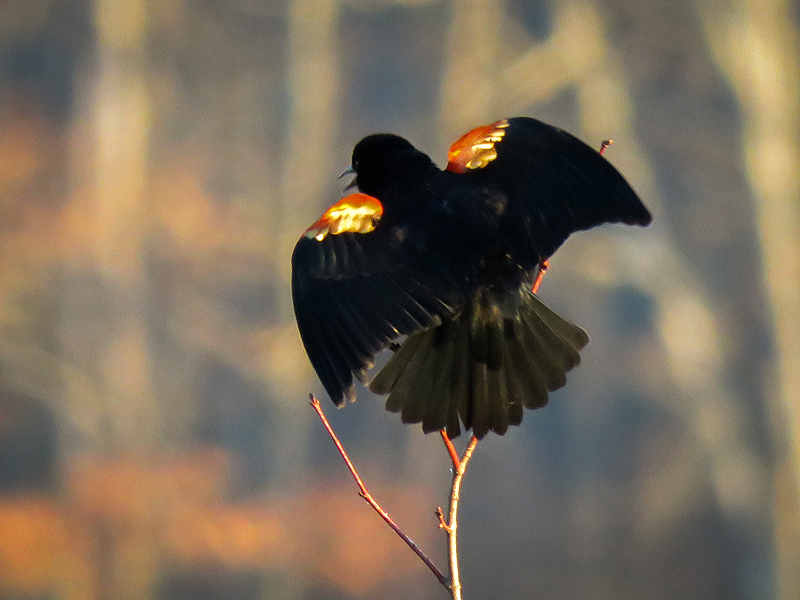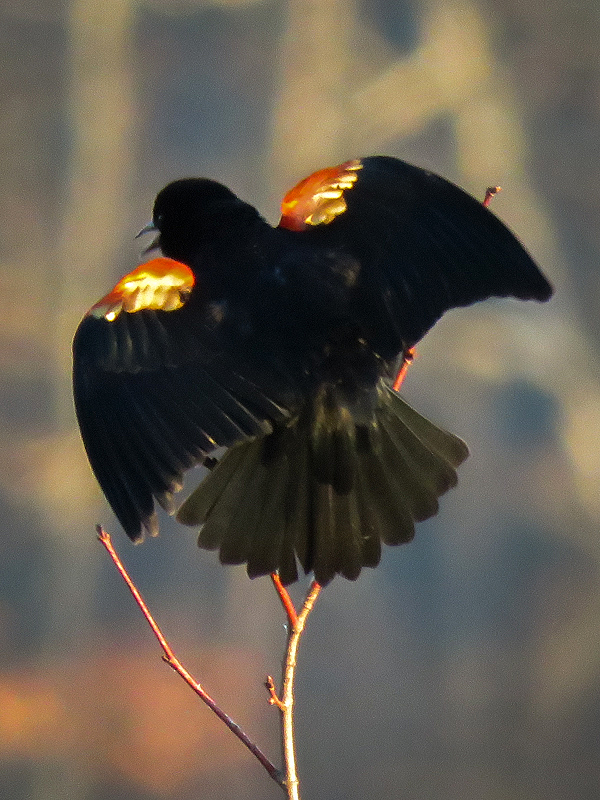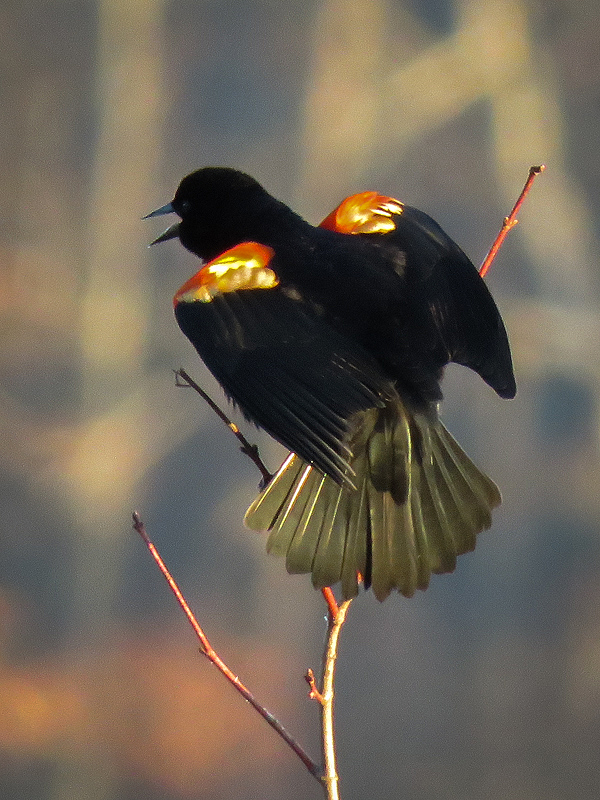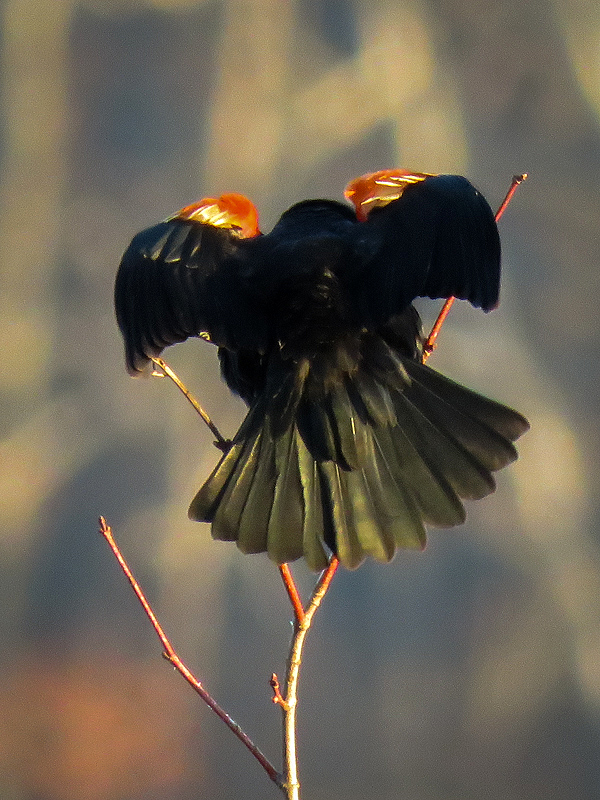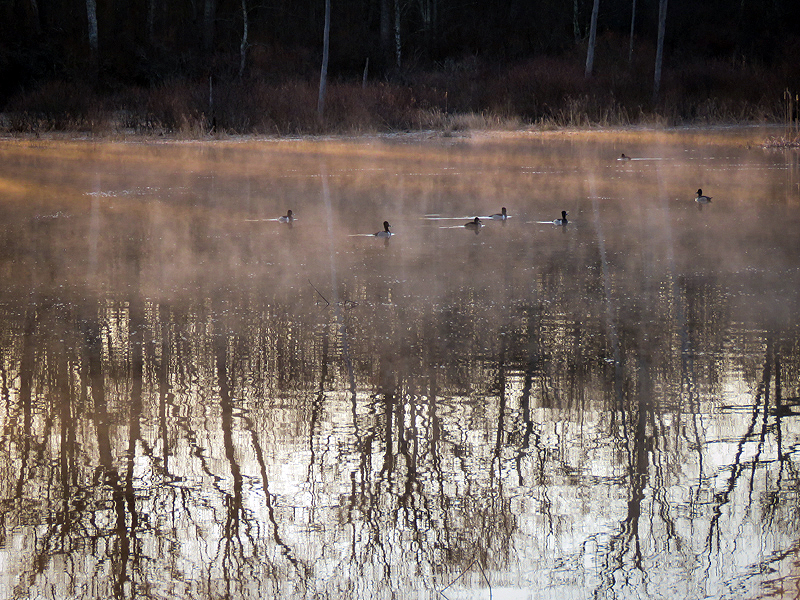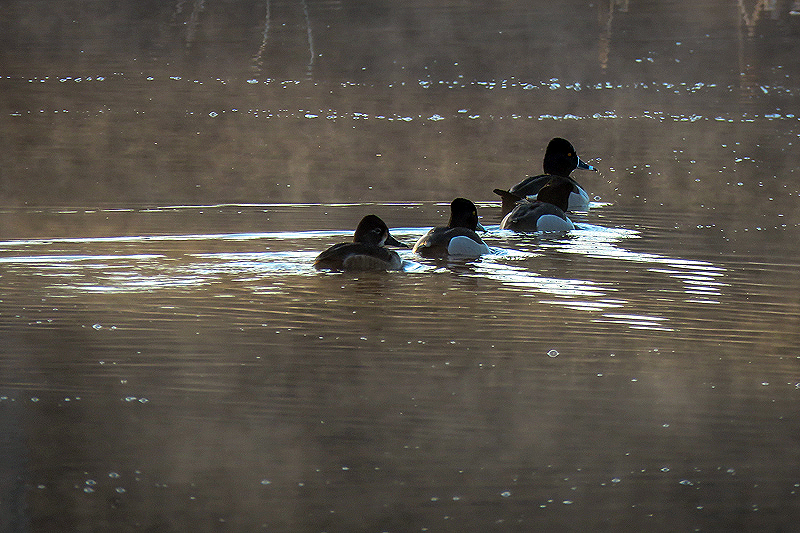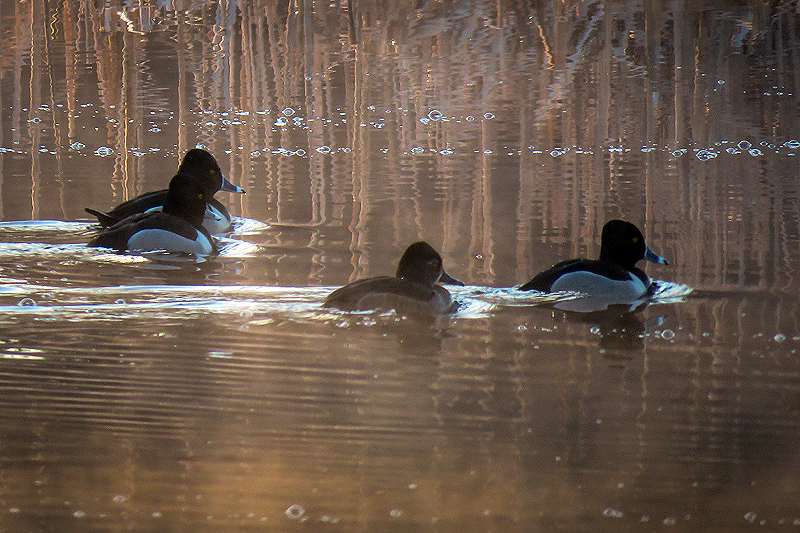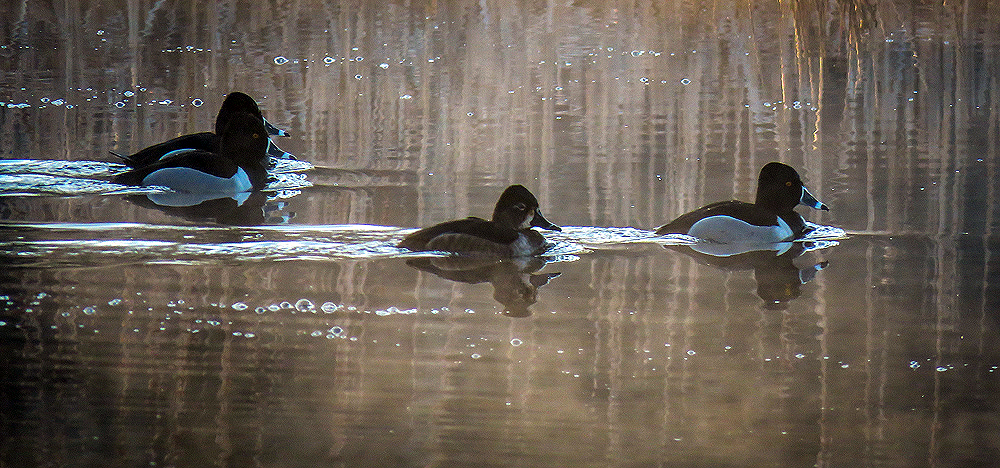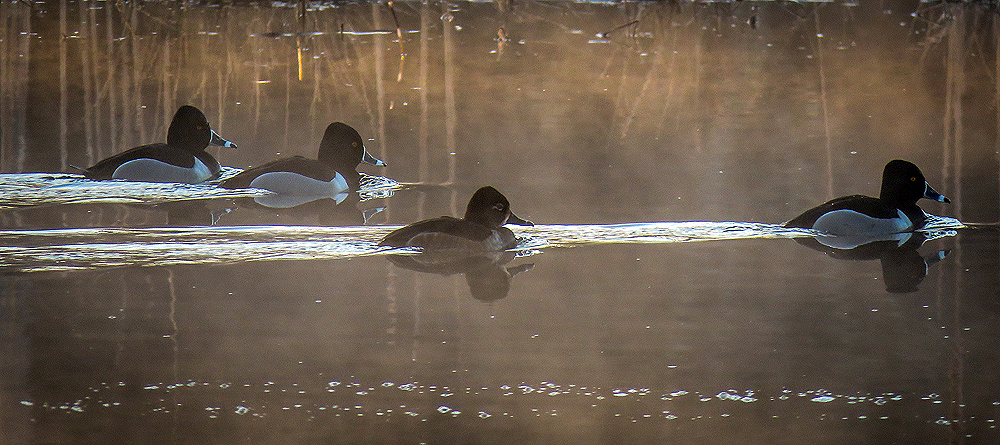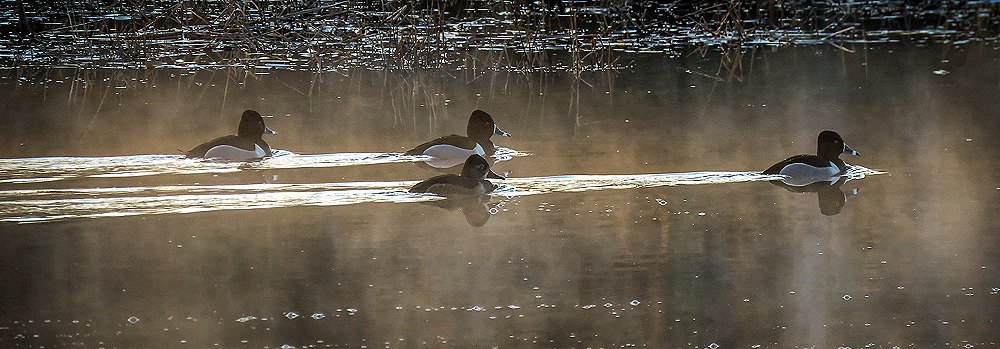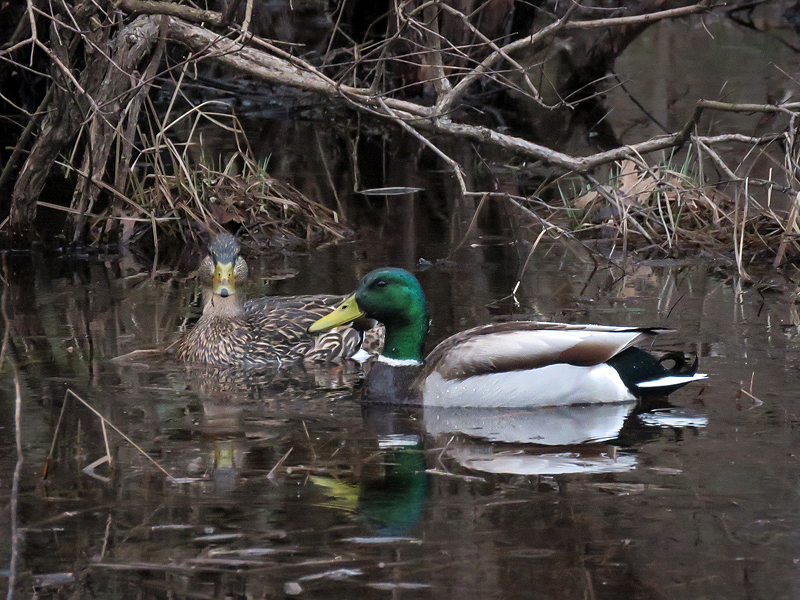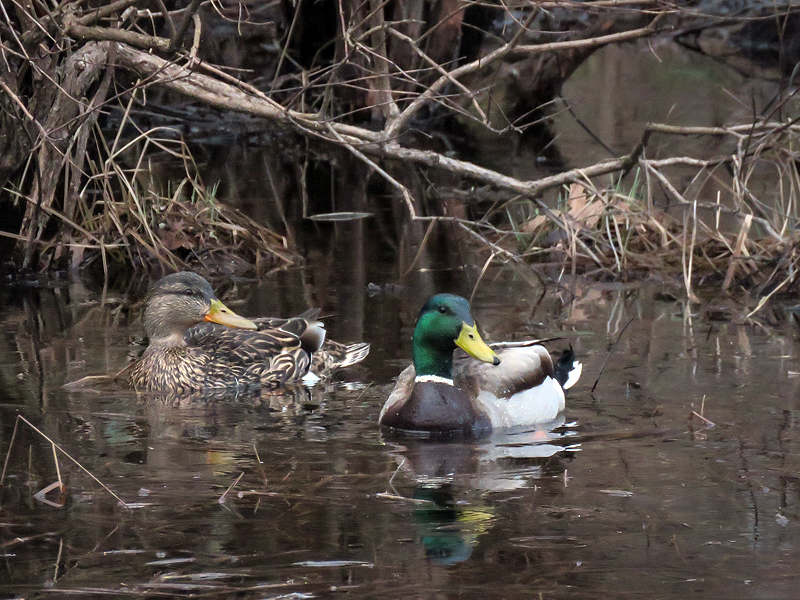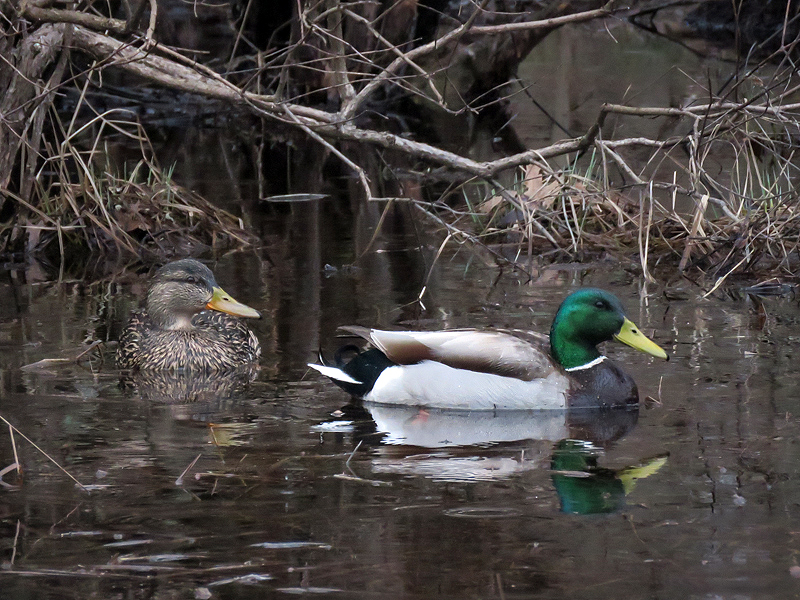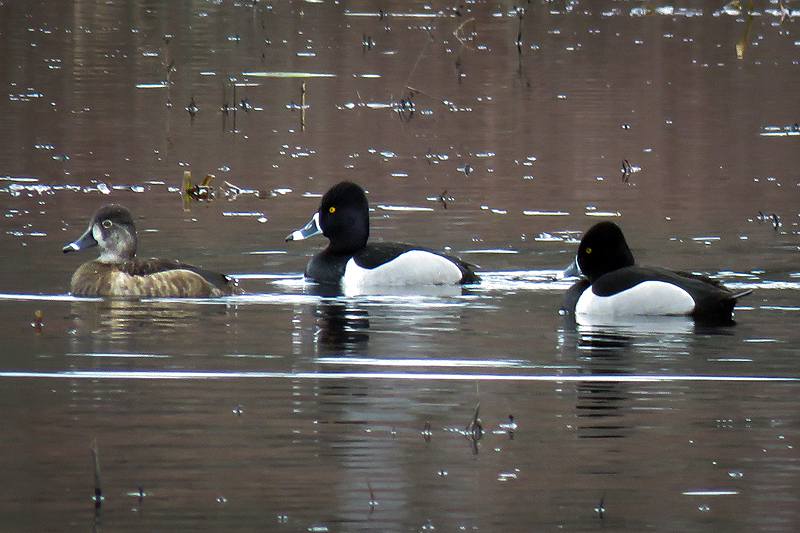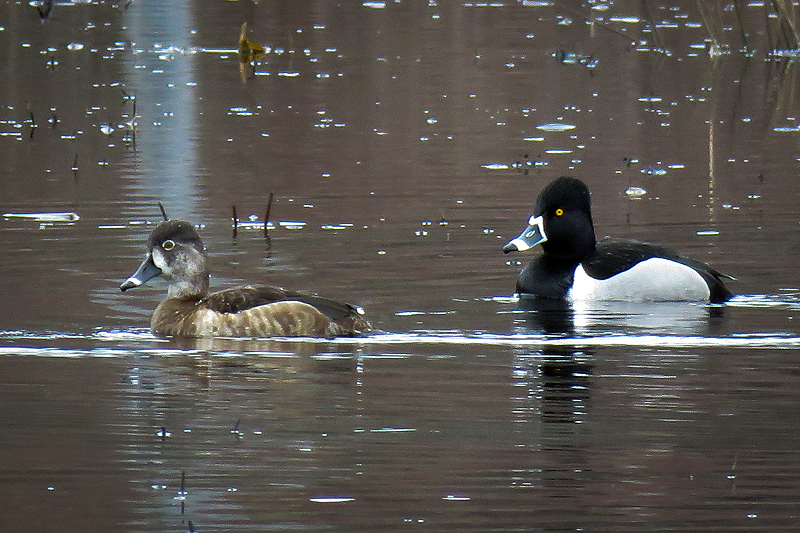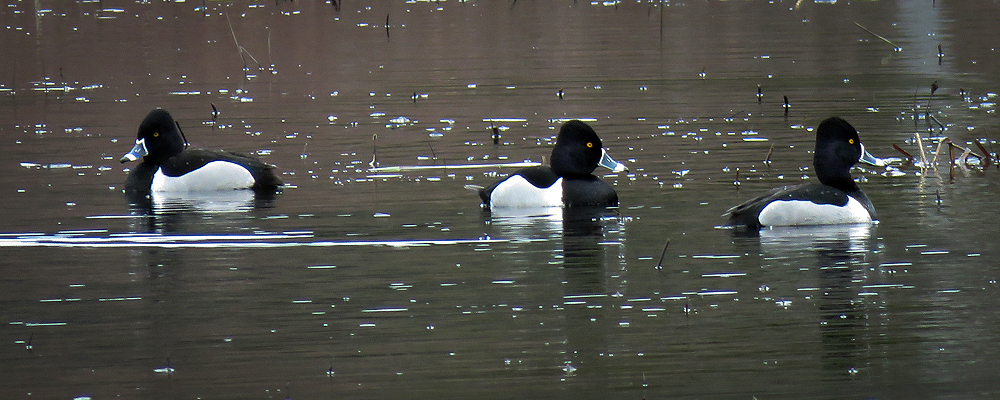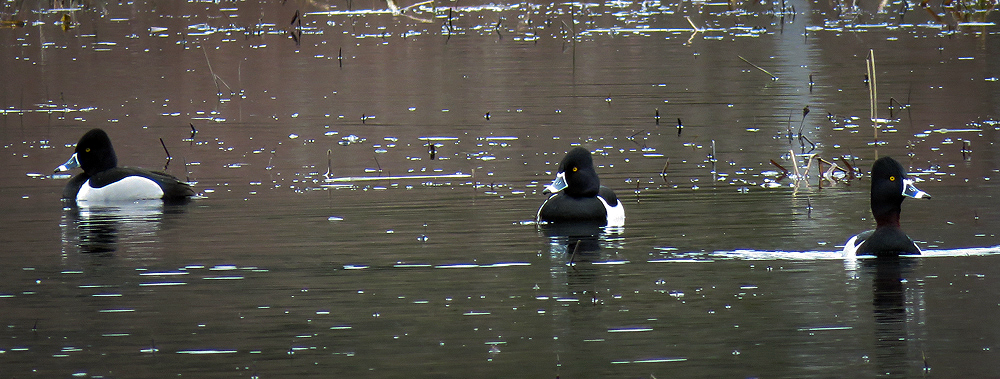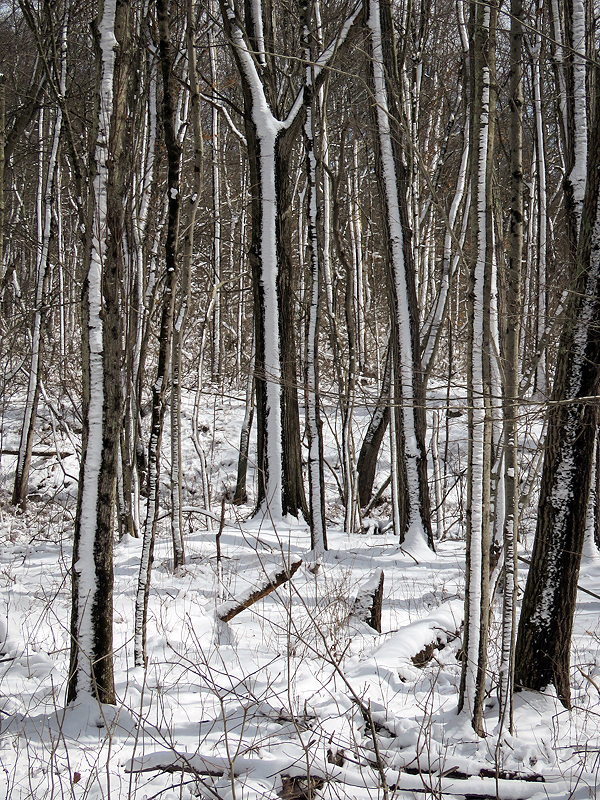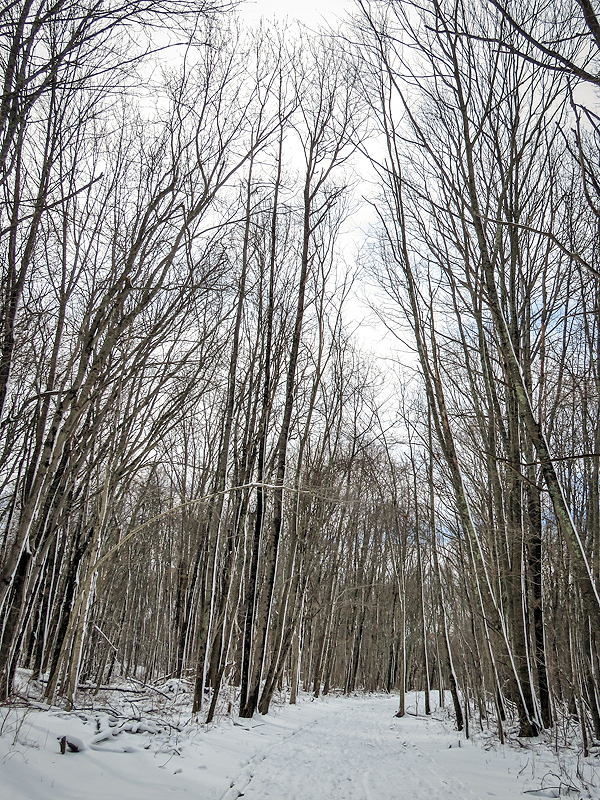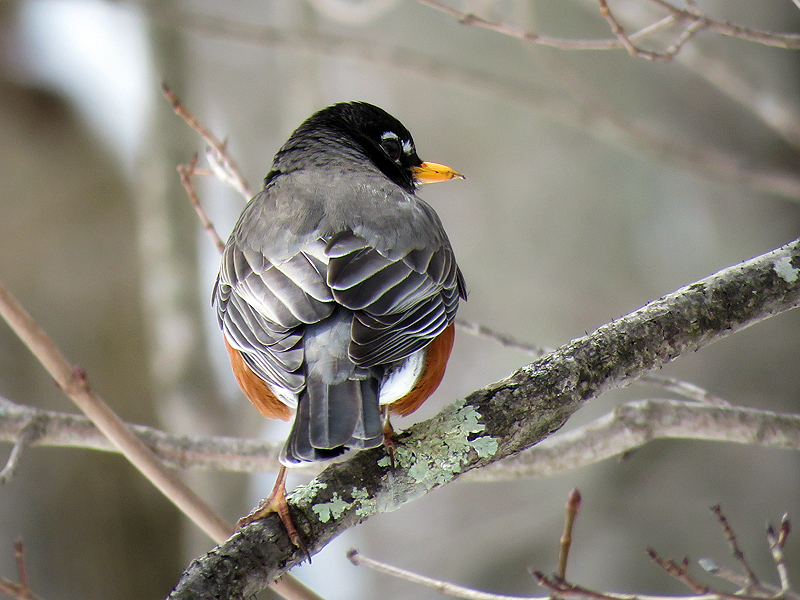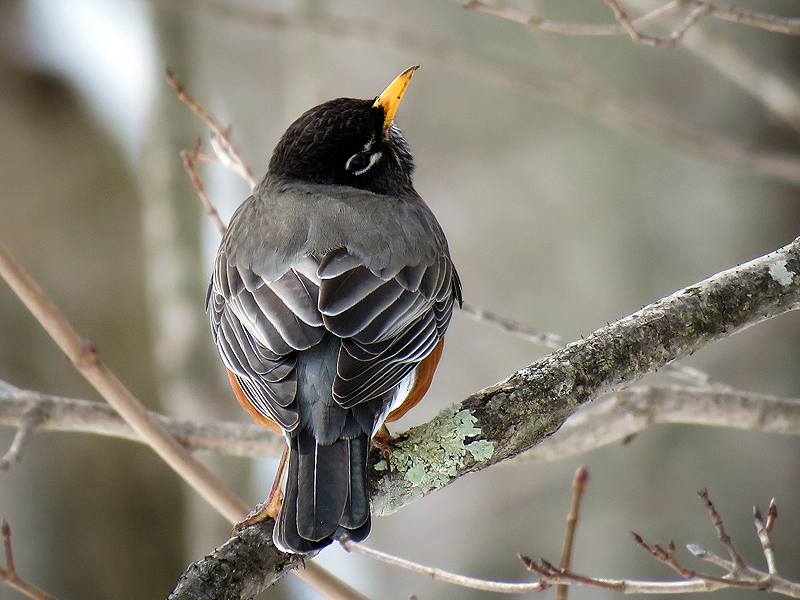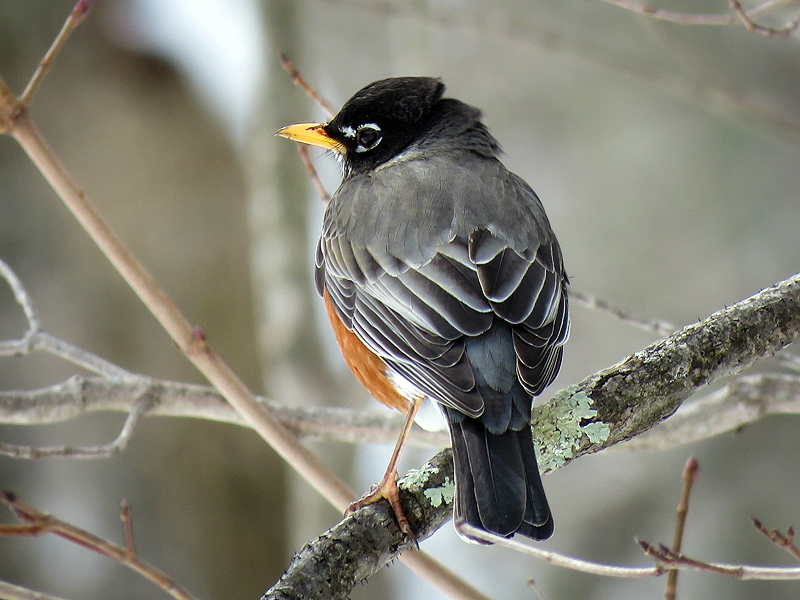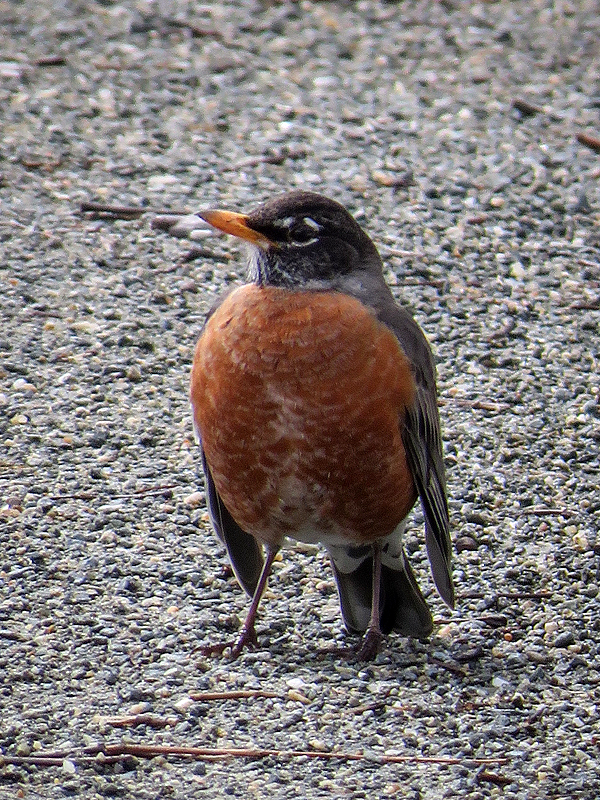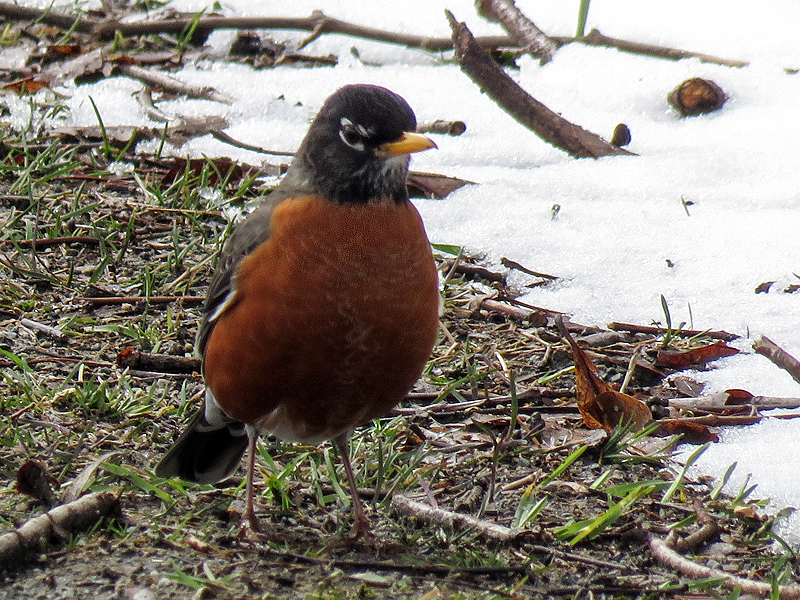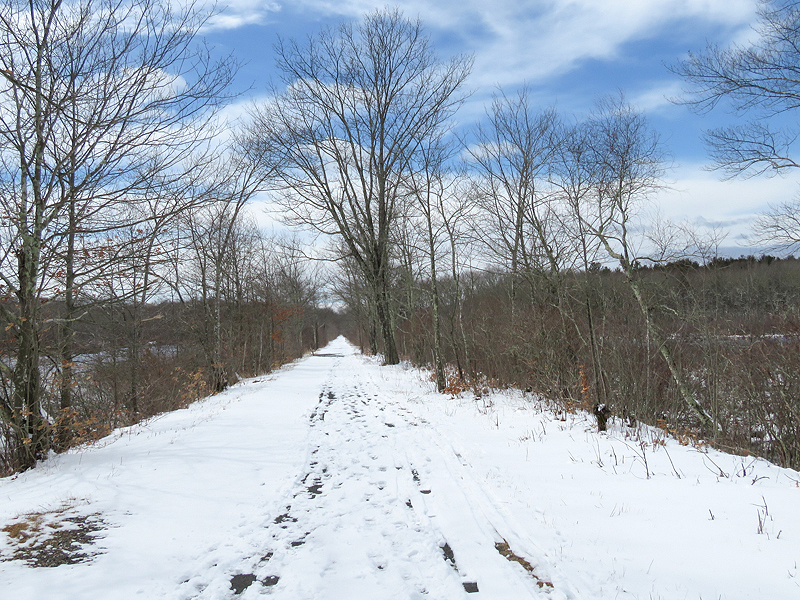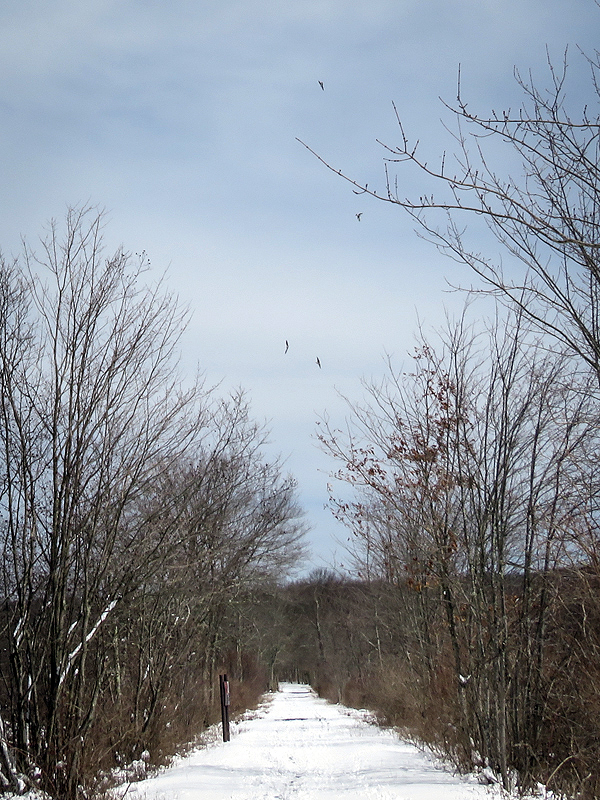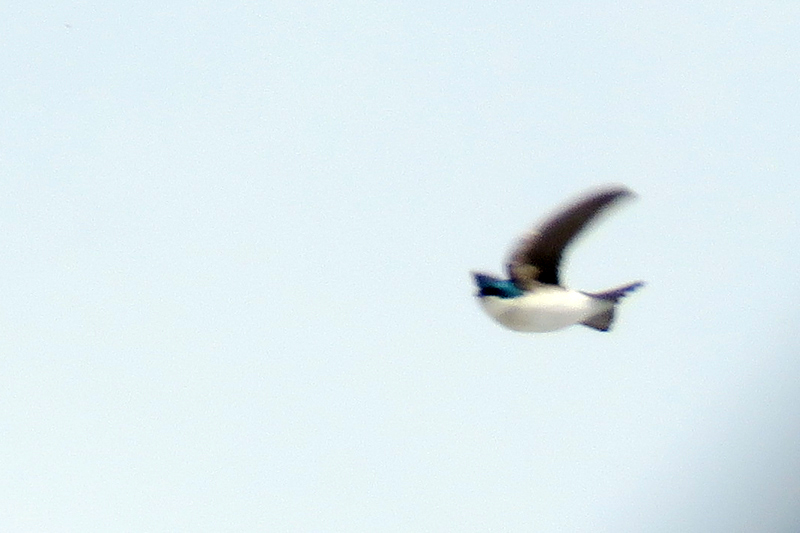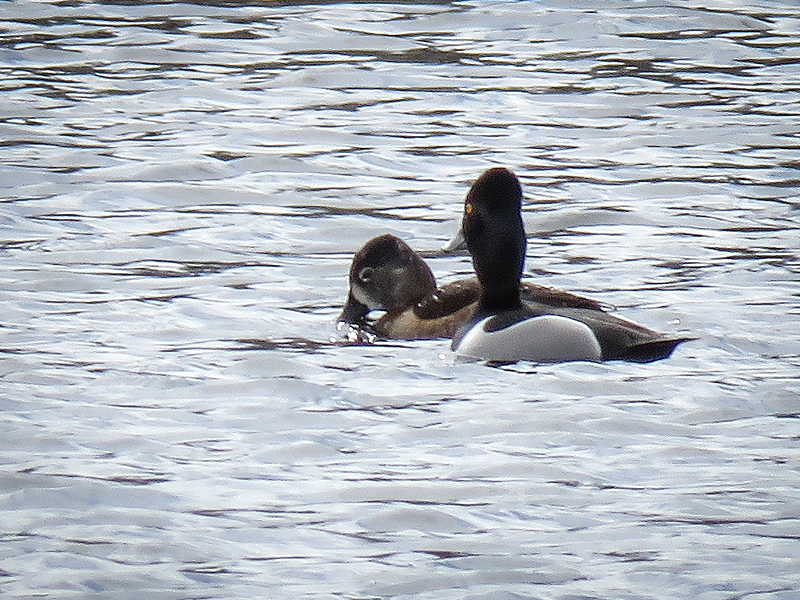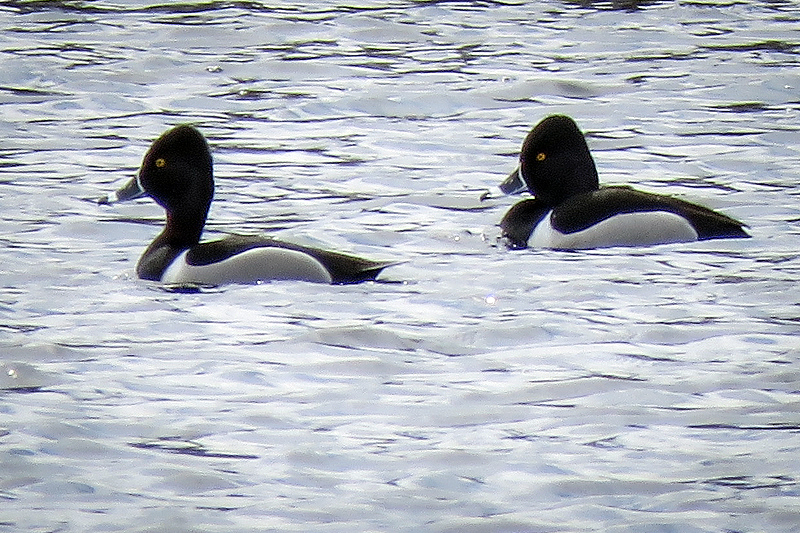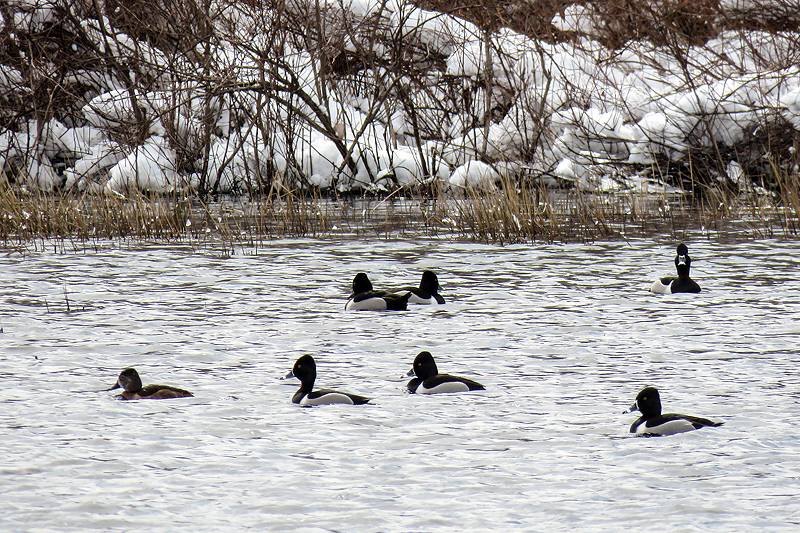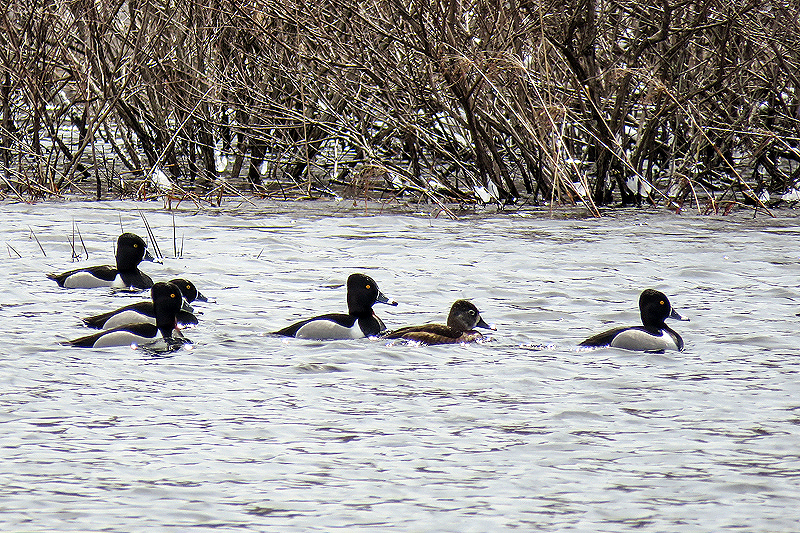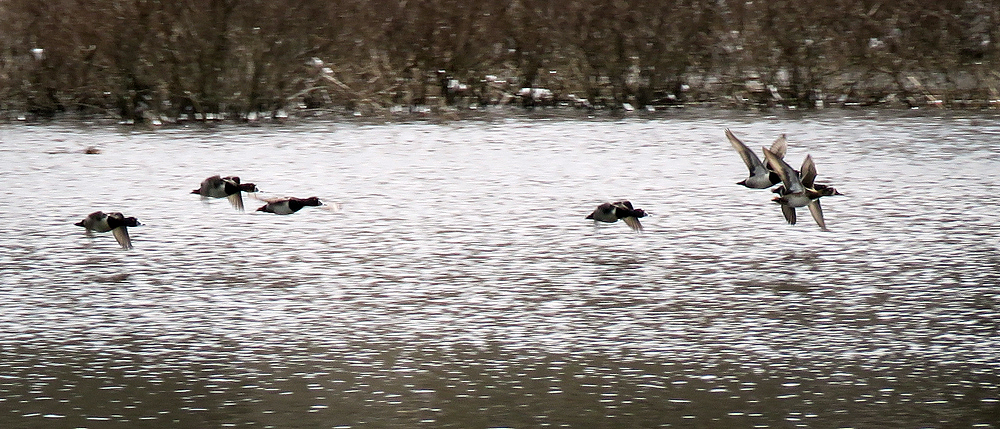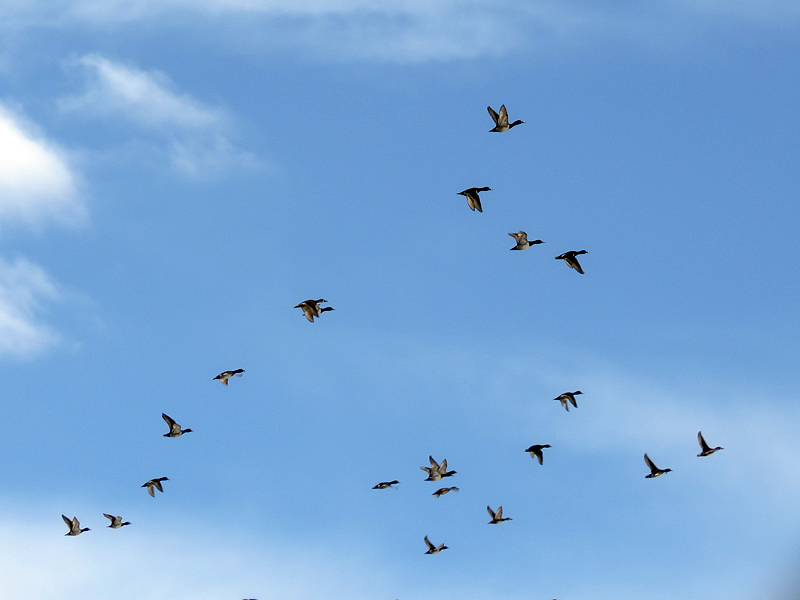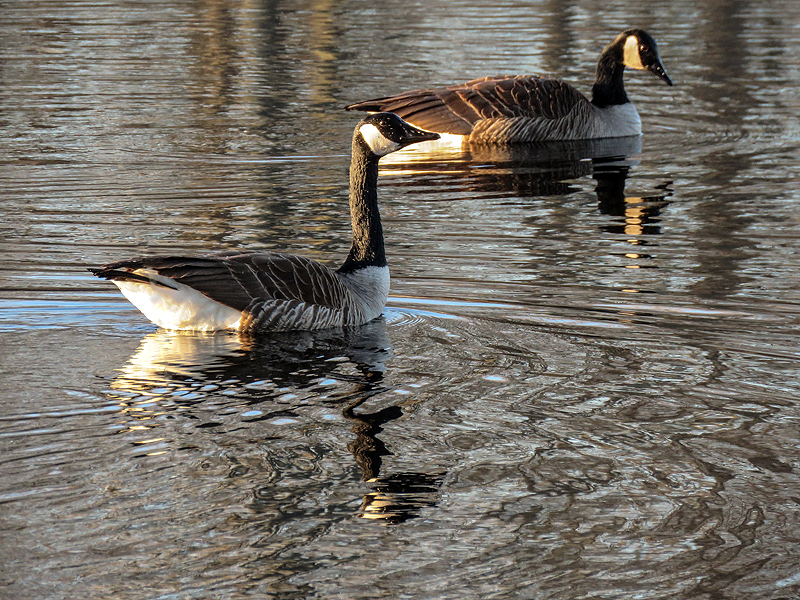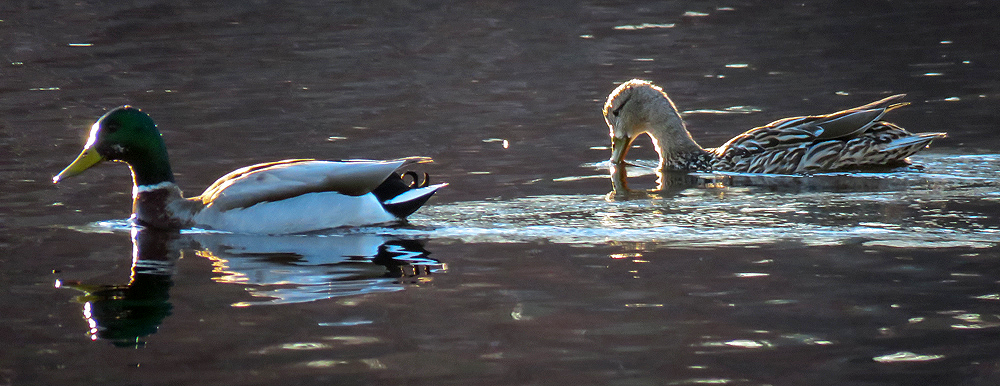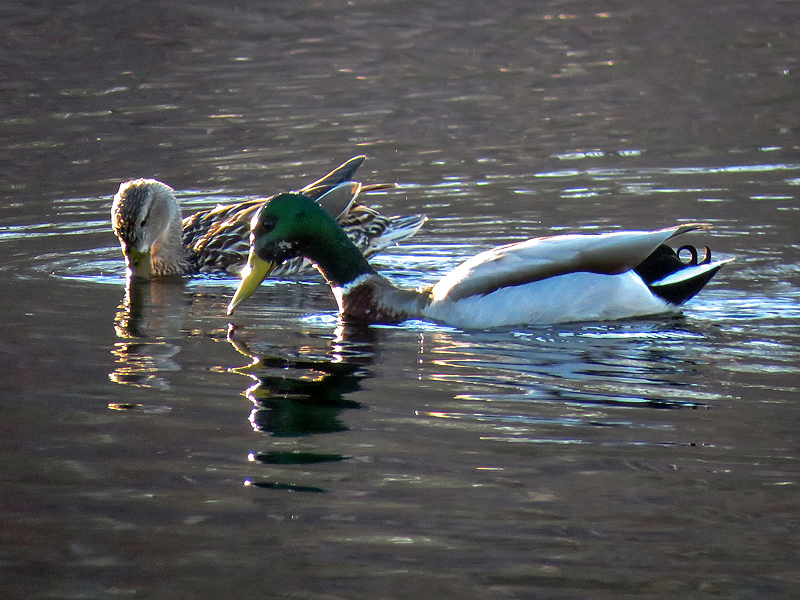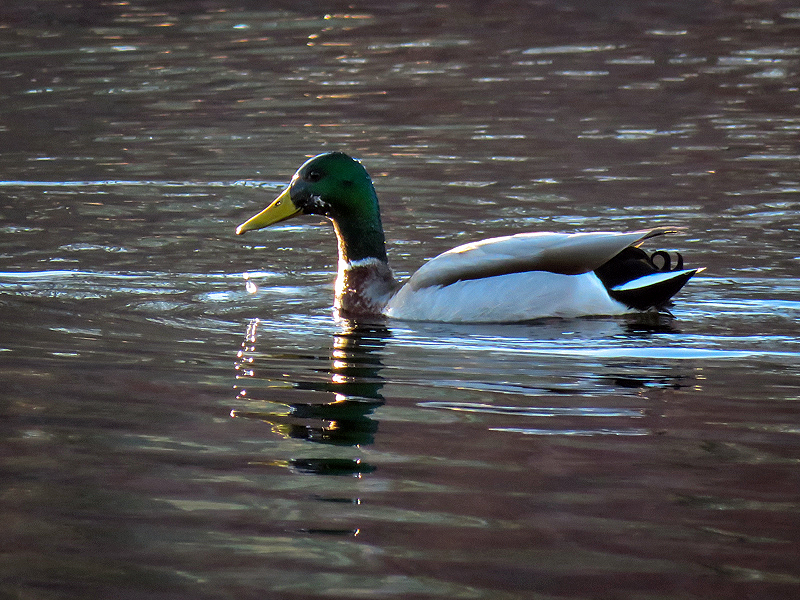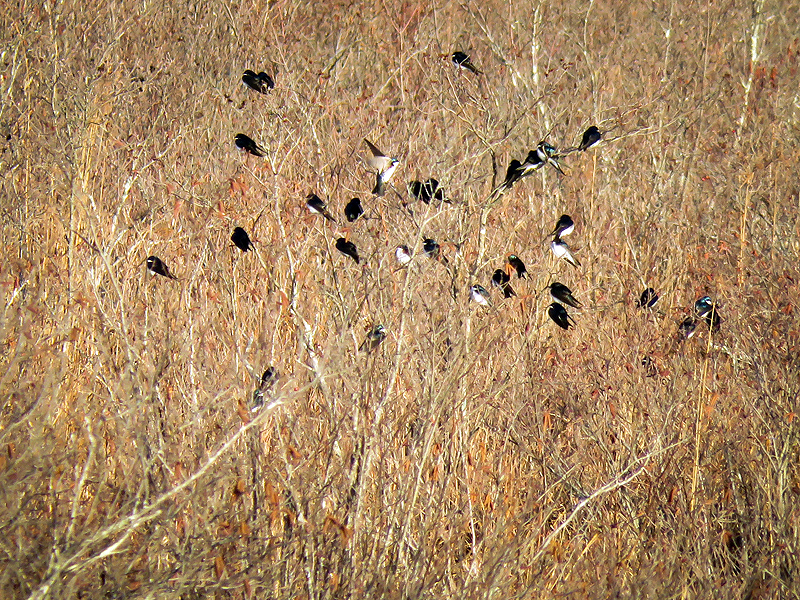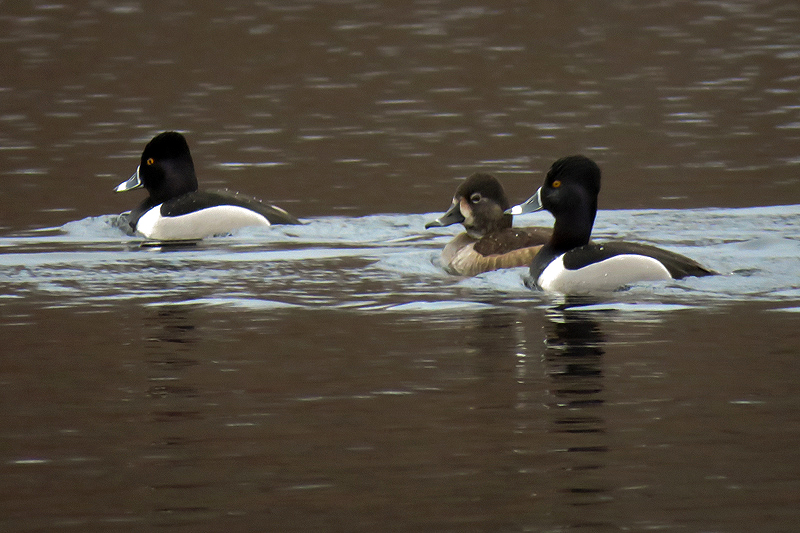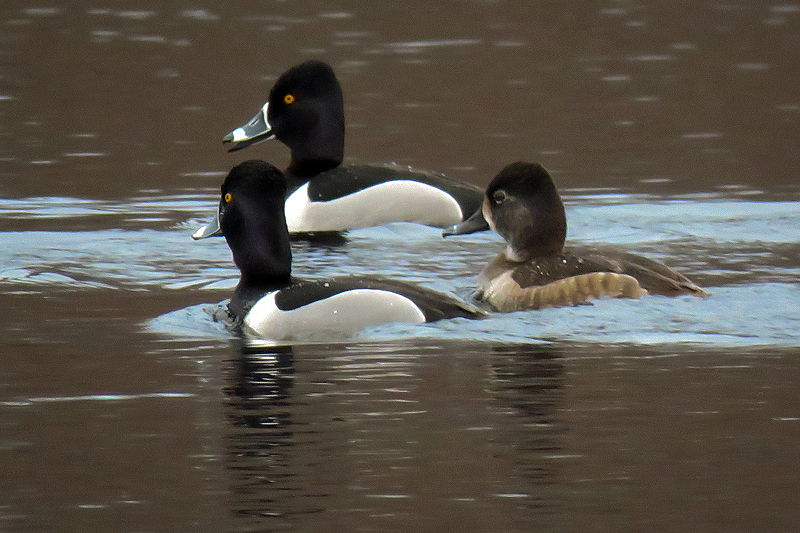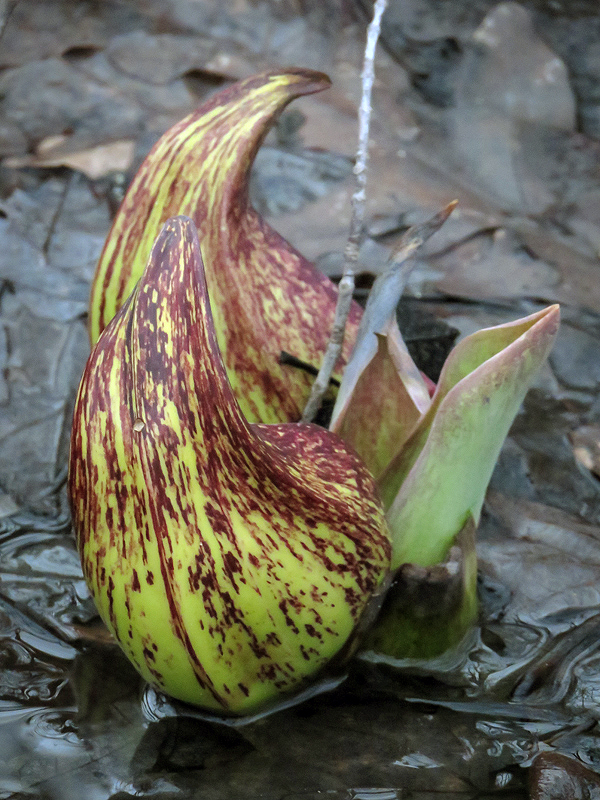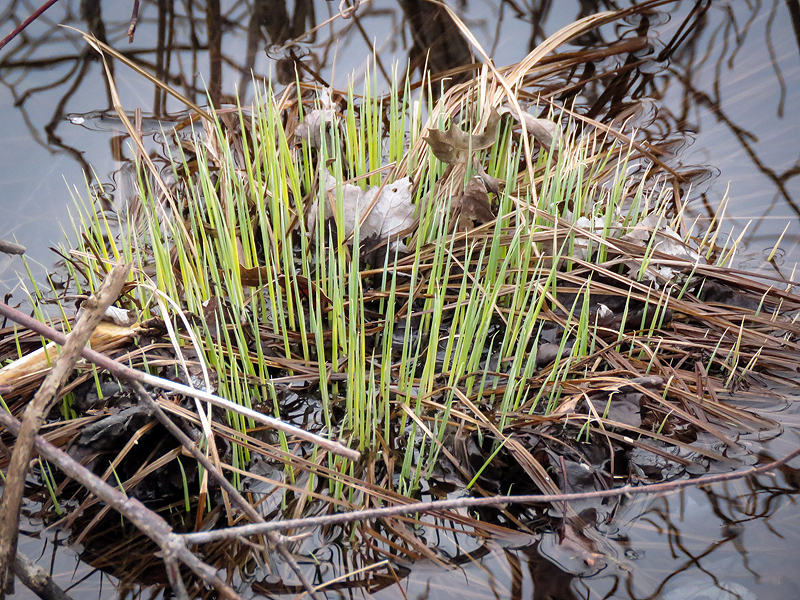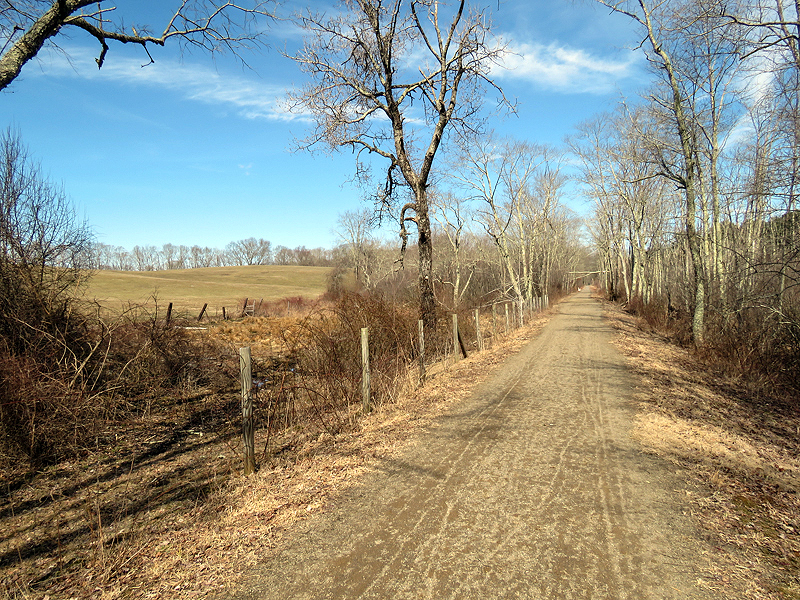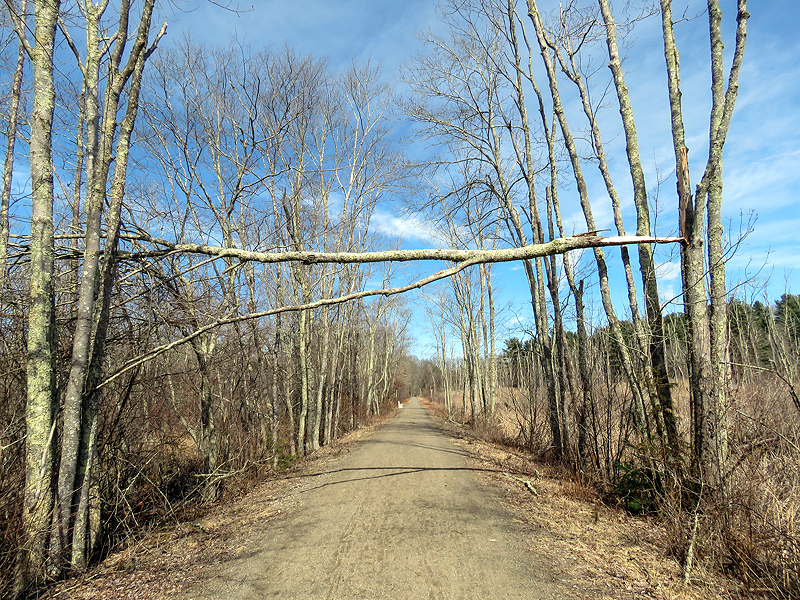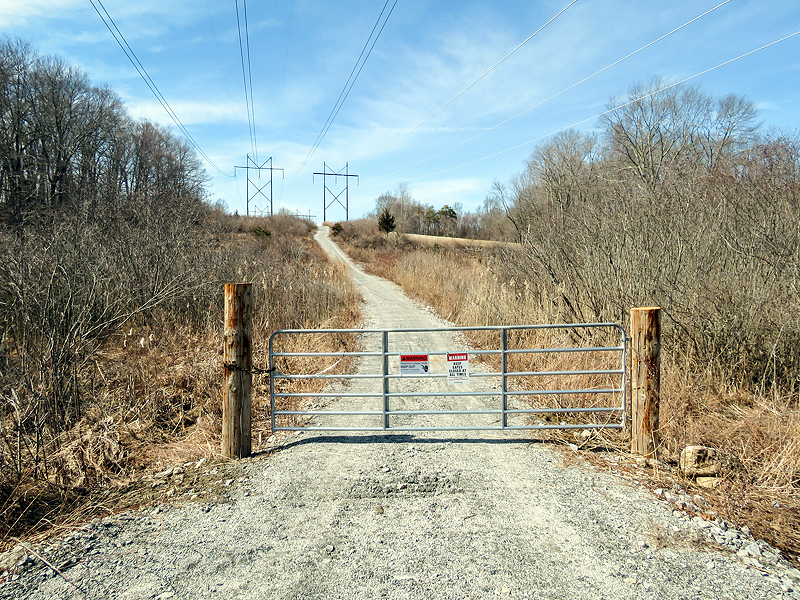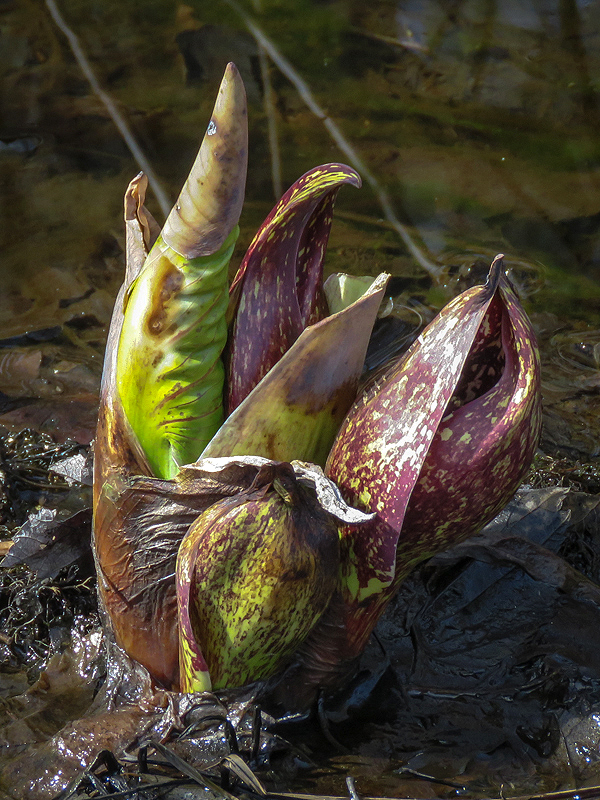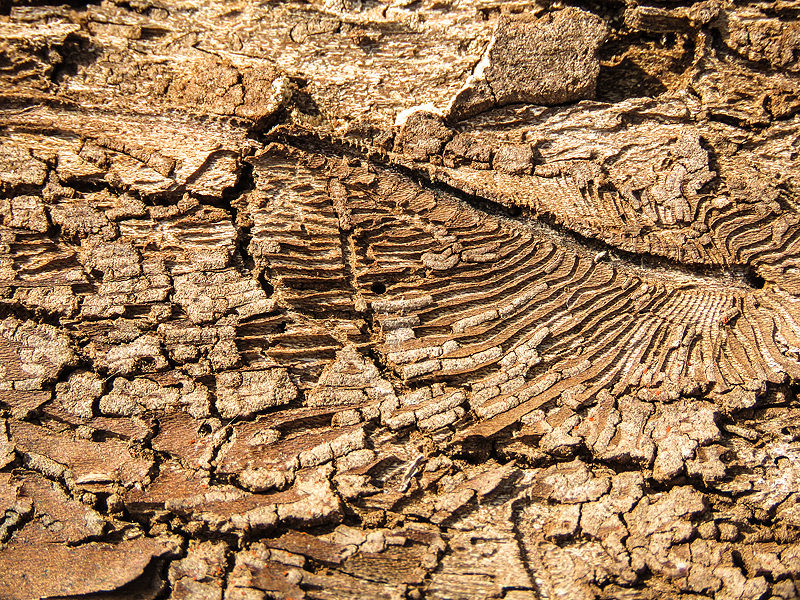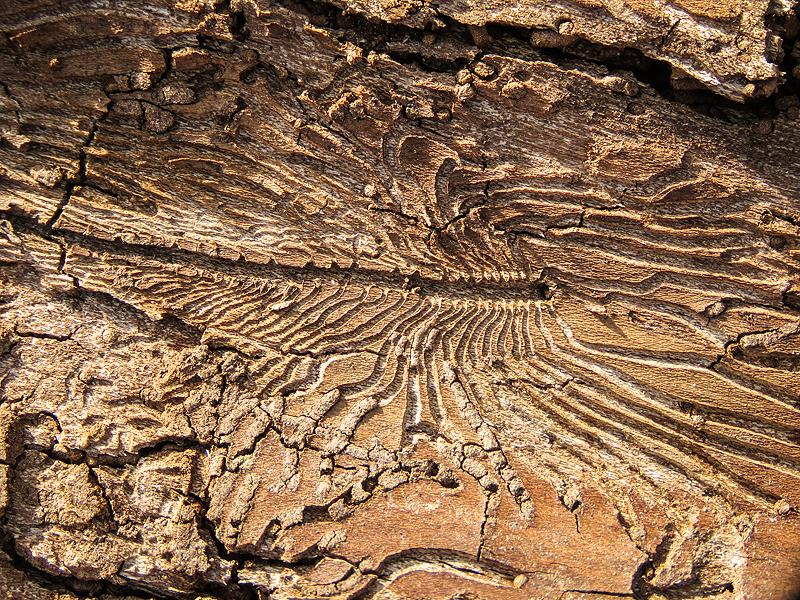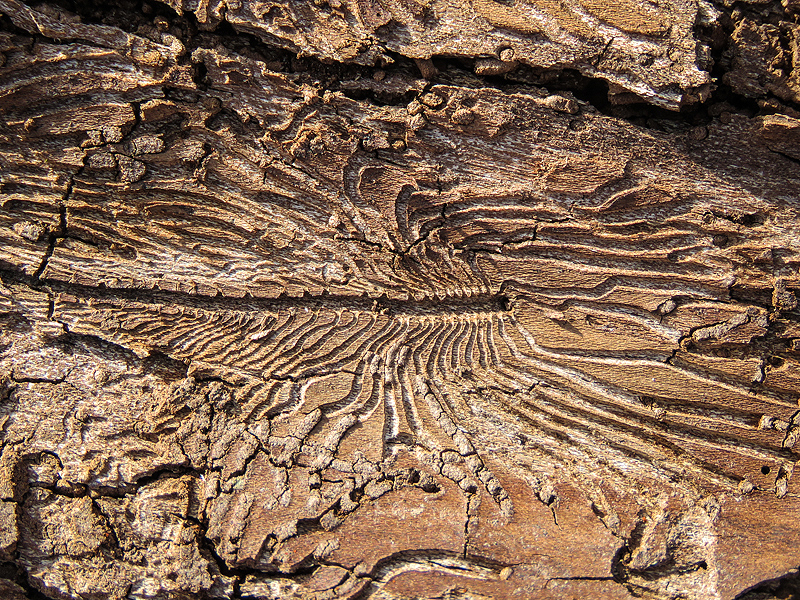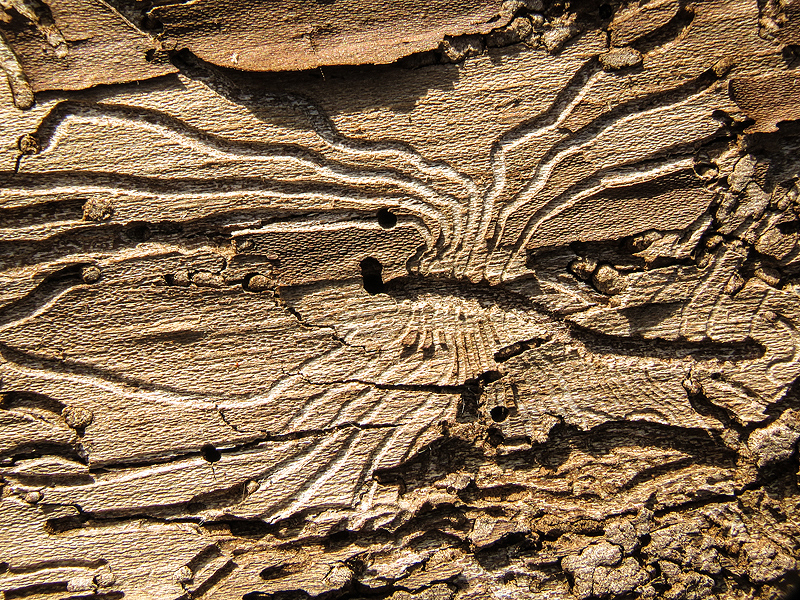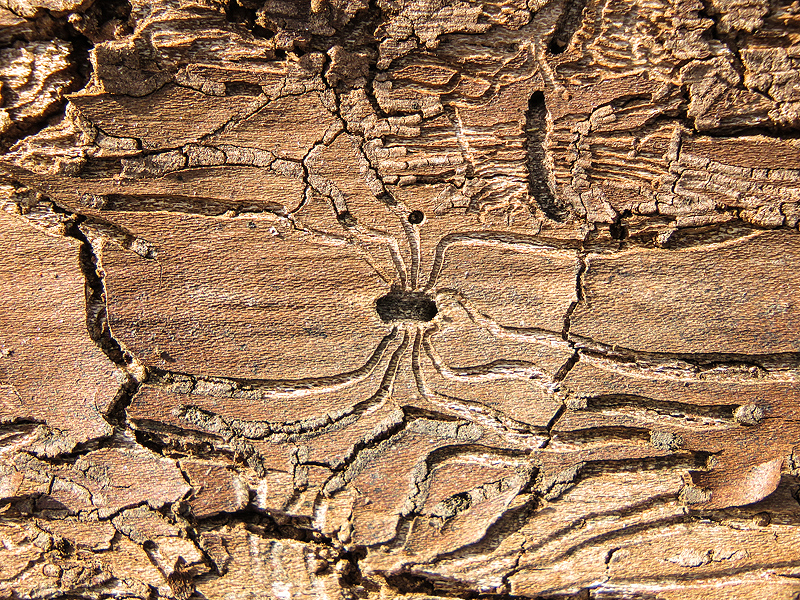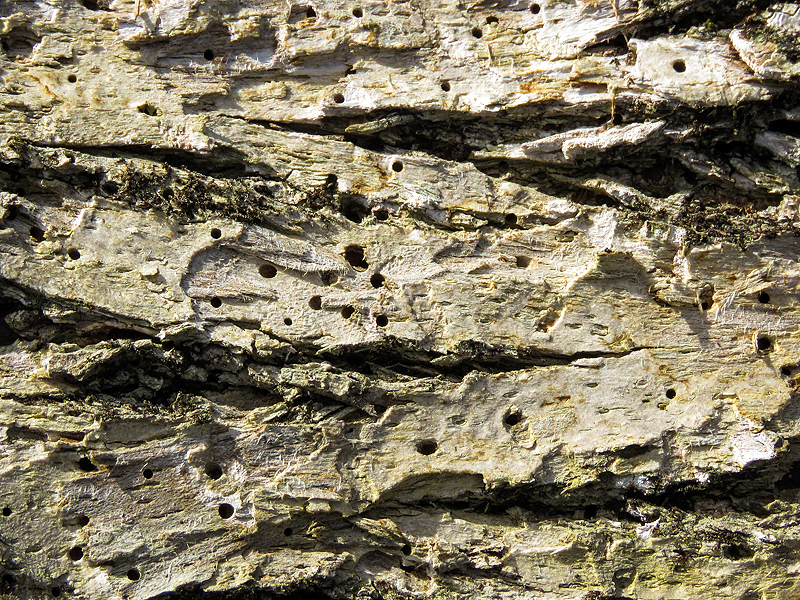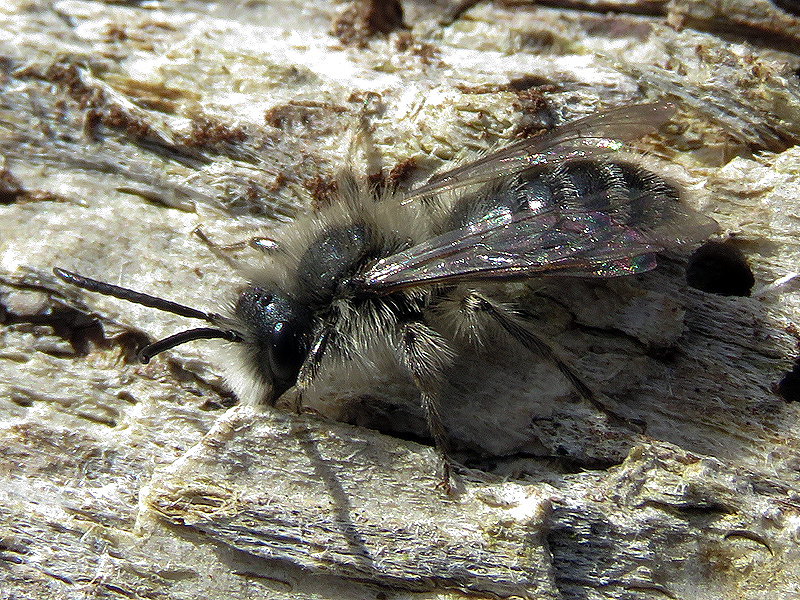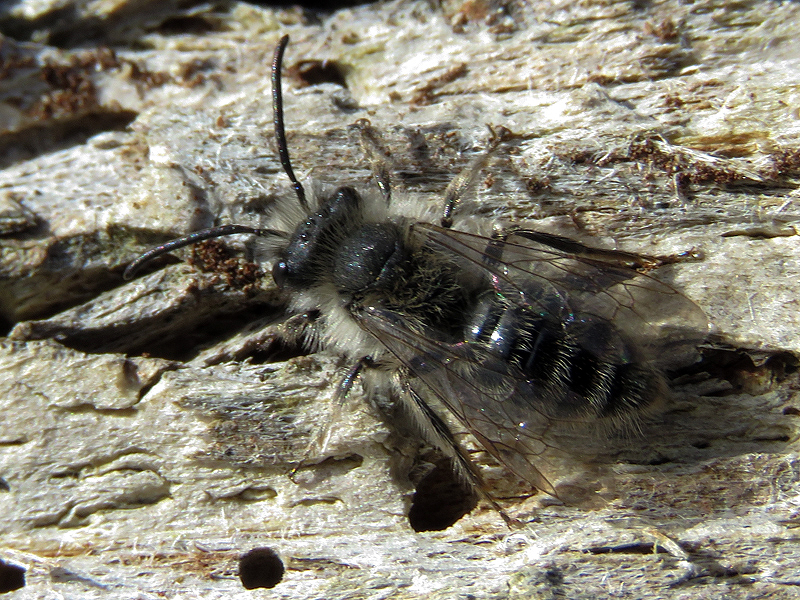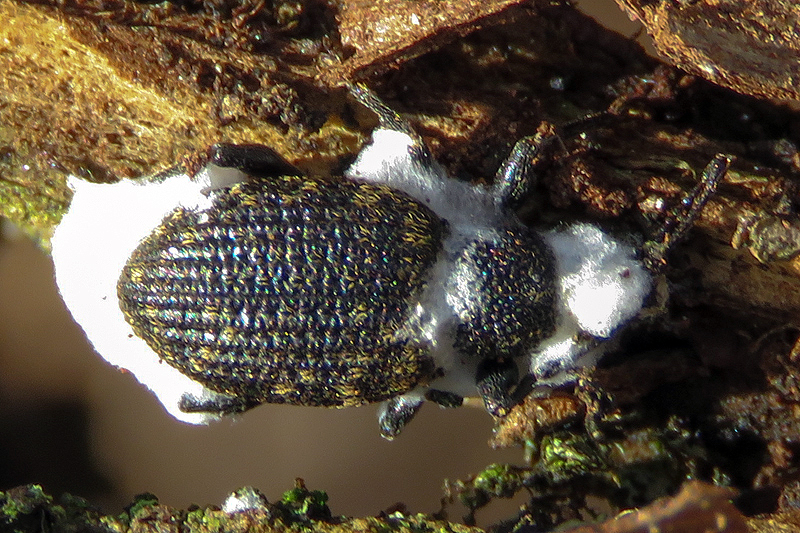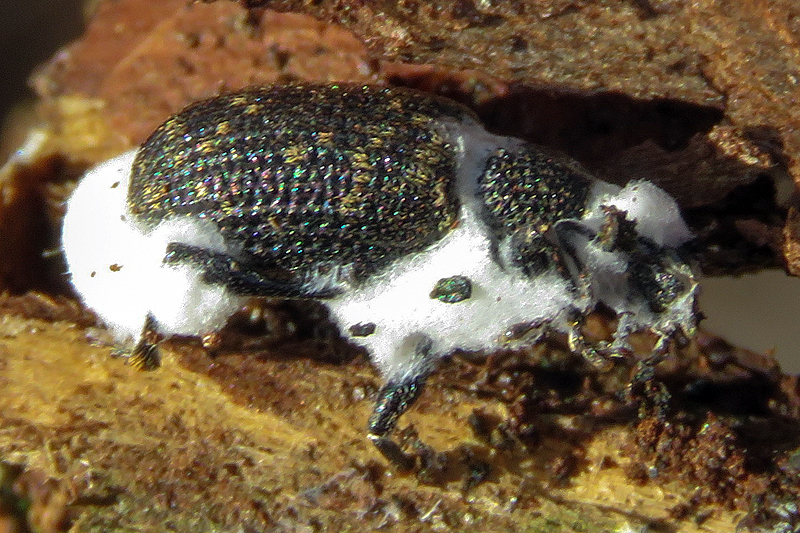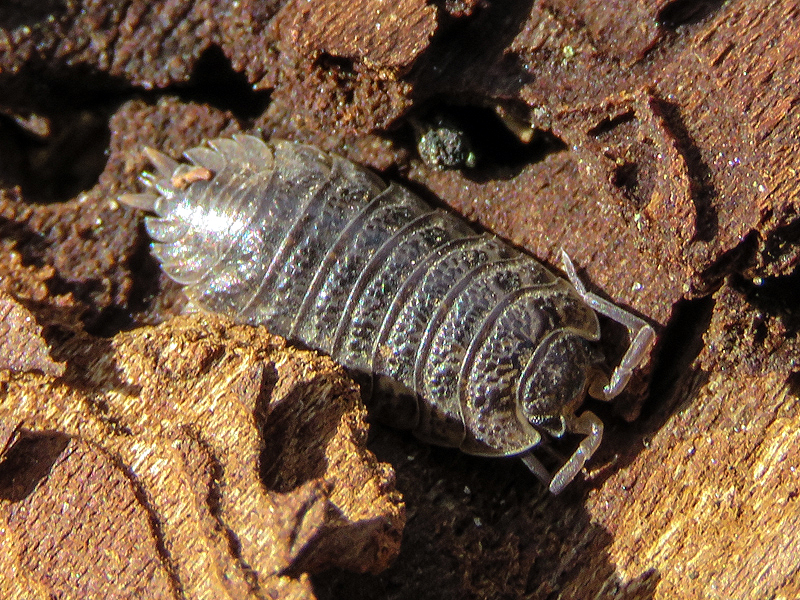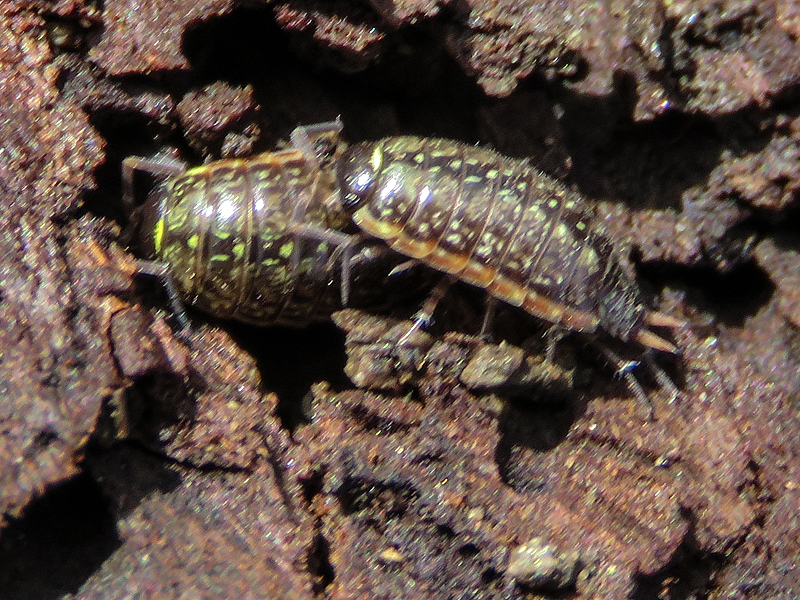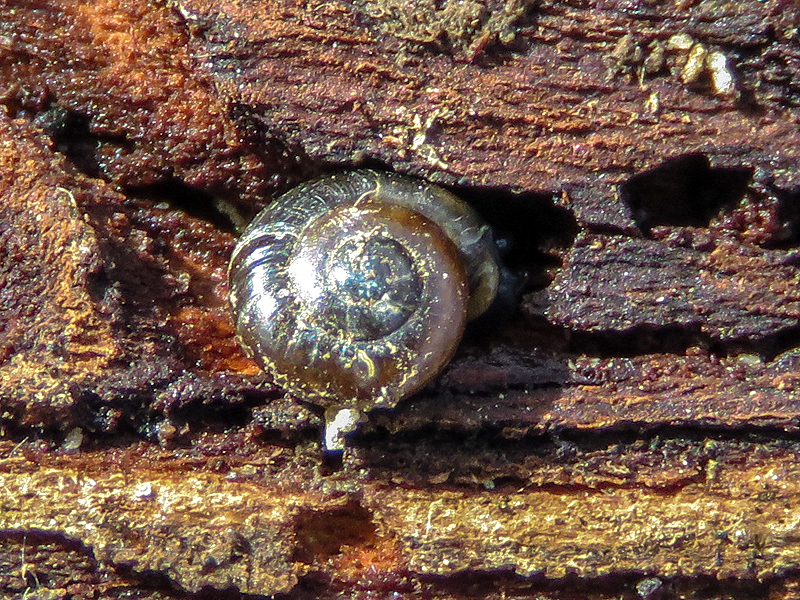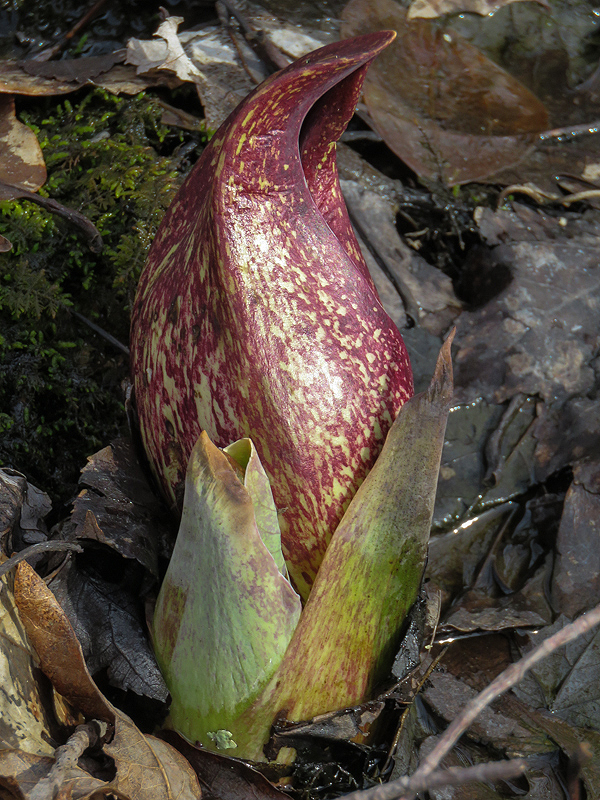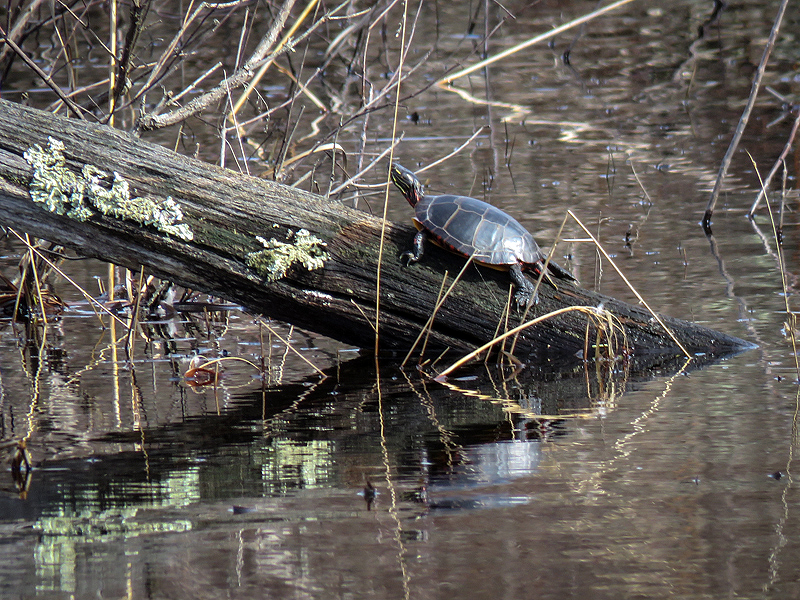Along the Air Line... 2019 - Spring, Part 1 The Air Line Trail in Eastern Connecticut - Stan Malcolm Photos |
HOME: Air Line... 2019 Pages Menu Stan's FlickR Albums |
Red-winged Blackbirds (Agelaius phoeniceus) numerous and in full display. Until now, they've been only half serious. |
I wonder if the females are starting to show up. |
Yellows and oranges of their epaulets are more than my camera's sensor can handle. |
|
Ring-necked Ducks (Aythya collaris) still numerous amid mist rising from the marsh. |
|
|
|
|
|
March 21st. A pair of Mallards (Anas platyrhynchos) near the exit stream of the marsh. |
|
|
Early afternoon. Sorry for so many Ring-necked Duck (Aythya collaris) pictures, but I don't expect them to be around for long. |
|
|
|
March 23rd. Four inches of snow overnight but melting quickly this afternoon. |
\
|
Lots of American Robins (Turdus migratorius) foraging as a group. |
|
|
|
|
|
Specks in the sky are fast moving Tree Swallows (Tachycineta bicolor). |
I tried lots of closer shots but this was the best of them. Most photos had no birds at all. |
I saw over 40 Ring-necked Ducks (Aythya collaris). |
|
|
|
And they're off! |
|
March 24th. A pair of Canada Geese (Branta canadensis) catching the early sun... |
...as were this pair of Mallards (Anas platyrhynchos). The female's head and neck are oddly colored. Crossbred with something? |
|
|
Tree Swallows (Tachycineta bicolor) taking a break. |
March 25th. Ring-necked Ducks (Aythya collaris). |
|
Skunk Cabbage (Symplocarpus foetidus). |
First green showing on the marsh hummocks. |
Early afternoon, east of Cook Hill Road in Lebanon. |
|
Gates and warning signs where the trail passes under power lines. |
But that's where the male Viceroy butterflies set up their territories. |
Skunk Cabbage (Symplocarpus foetidus). |
Bark Beetle (Family Curculionidae; sub-family Scolytinae; probably Scolytus sp.).tracks on the inside of bark from a dead tree. |
The female made the wide, deep, horizontal track, carving out small egg niches on each side with an egg deposited in each. |
The eggs hatch and the larvae tunnel away, their tracks growing wider as they grow larger. |
When the larvae mature, they transform to the adult stage and burrow out through the bark. |
Another style of Bark Beetle tunnels. |
Emergence holes made by the adult beetles. |
An Andrenid Bee (Family Andrenidae) landed on the piece of bark I was photographing. |
|
Under damp bark loose on the ground, I found this dead Weevil (Family Curculionidae) covered in fungus. |
Nifty jewel-like body with golden scales on the elytra. |
Sowbug, Pillbug, Woodlouse... in any case a terrestrial Isopod. |
Bore Isopods: Woodlice (probably Philoscia muscorum). Sorry for the motion blur. |
Teeny (4mm) snail, also on the damp bark. |
Back to Raymond Brook Marsh, hoping for Wood Frogs. More Skunk Cabbage (Symplocarpus foetidus). |
One Painted Turtle (Chrysemys picta) out sunning. |
